No matter what time of year you’re travelling, it’s important to make sure you have enough water storage capacity for yourself and any fellow adventurers before heading out in your camper. Whether it’s a short day drive or a long-distance road trip, it’s better to be safe than sorry.
Australia is a beautiful country, but it is a land of extremes and likes to catch travellers unaware. And while you might have a fully kitted-out toolbox to handle any breakdown, if you find yourself stuck on a blistering outback road or at a remote off-grid campsite without water in the peak of summer, you can come into a world of trouble.
Built-in water tank storage varies from camper to camper, some with freshwater, grey water and drinking water capacity — and some with only one or two of these categories. And the size of these tanks can vary as well, so it’s good to be aware of what you’ve got and how you’ll be using it.



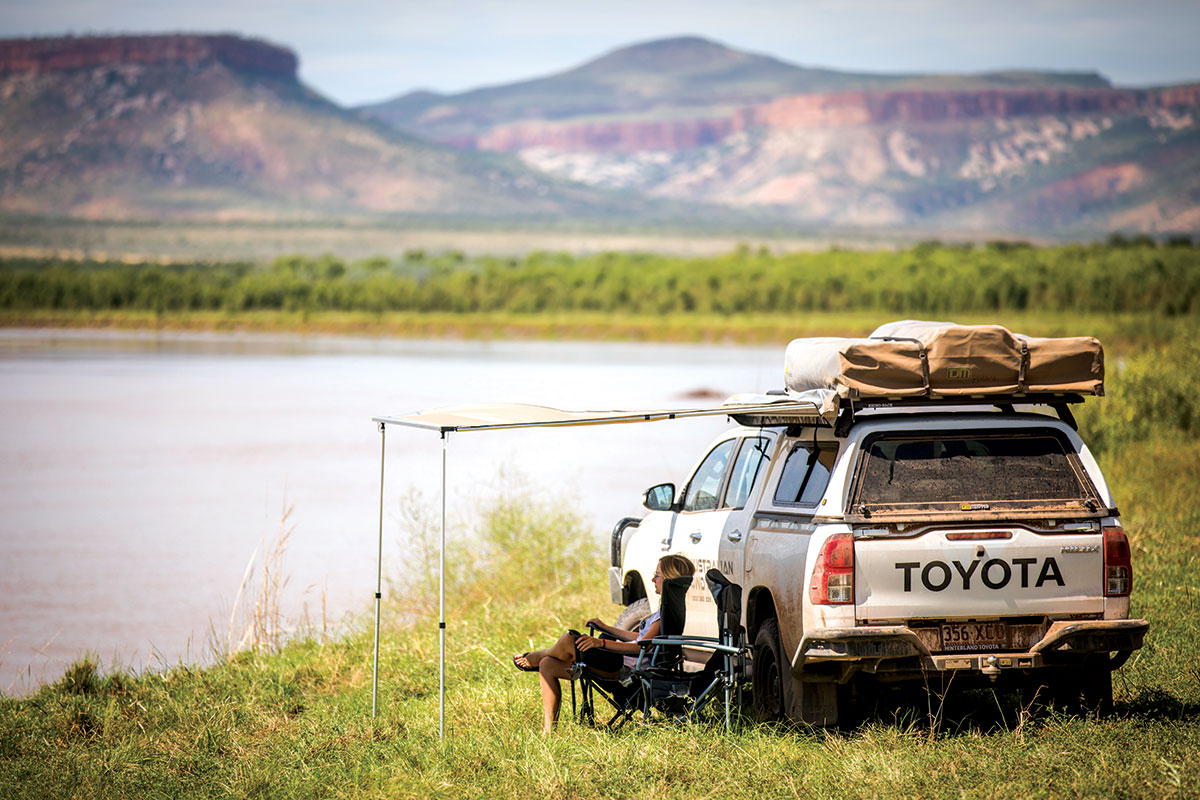
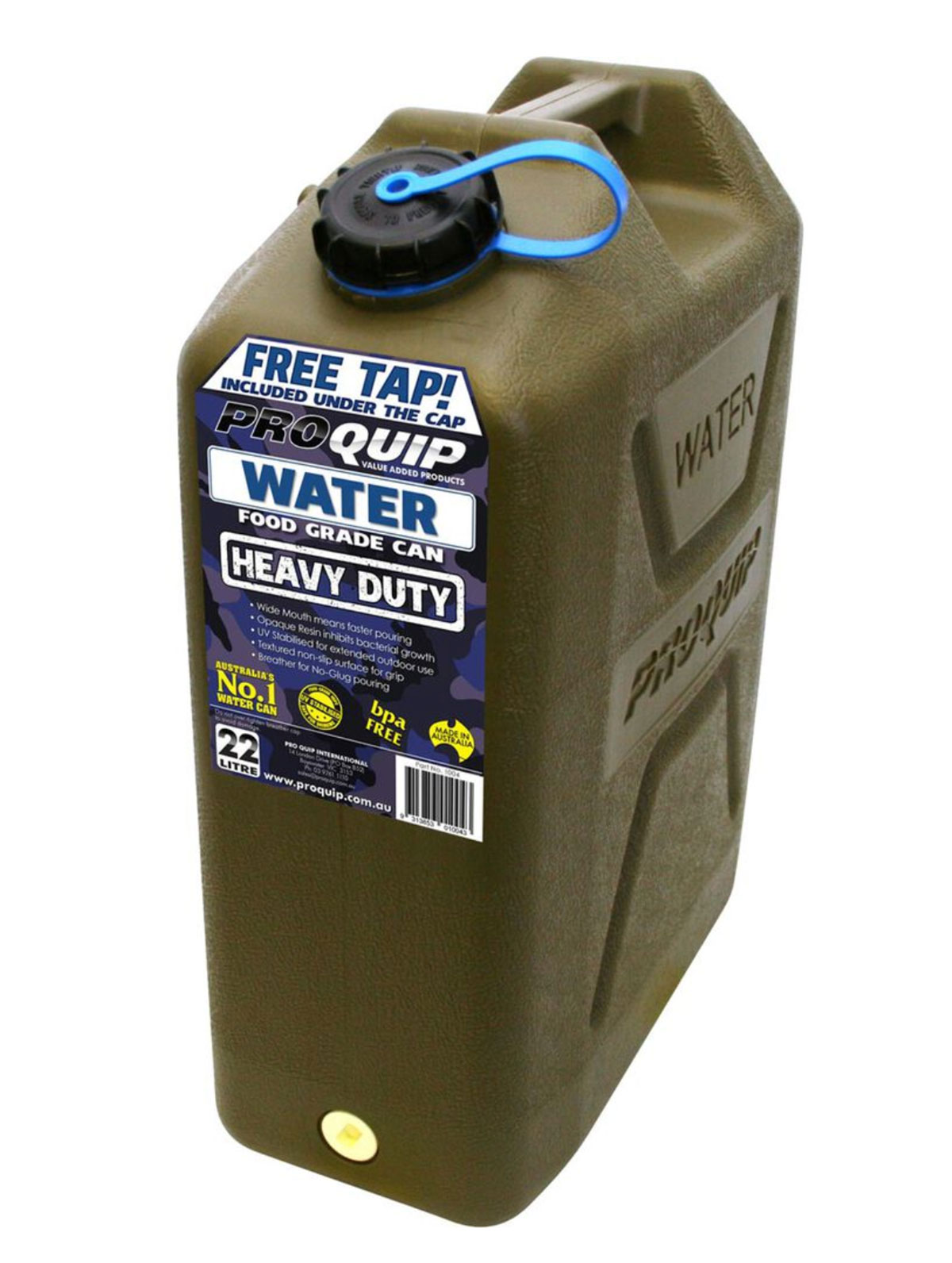
Calculating your water usage
It’s advised to always carry at least 6L of drinking water per adult, per day. However, if you’re travelling in remote outback areas during summer, you may want to double that amount to be safe.
But that’s just drinking water — if you’re planning on cooking and washing dishes, you’ll want another few litres per day on top of that amount. (Some forward-thinking and water management might help stretch this amount further.)
And having another 20L or so of drinking water in reserve is advisable as well just in case anything goes wrong.
If you’re heading away on a longer trip, or simply want to make sure you’ve got options to restock your water supply, it’s also worth sourcing a portable water filter or some other method of water purification such as purification tablets.
And then there’s your regular freshwater storage to consider, for showering and the like. Depending on your camper’s built-in water storage, you might be covered.
But here are a few portable water storage options to consider for your next adventure to ensure you don’t find yourself high and dry, especially when heading to locations where you have limited access to clean water.
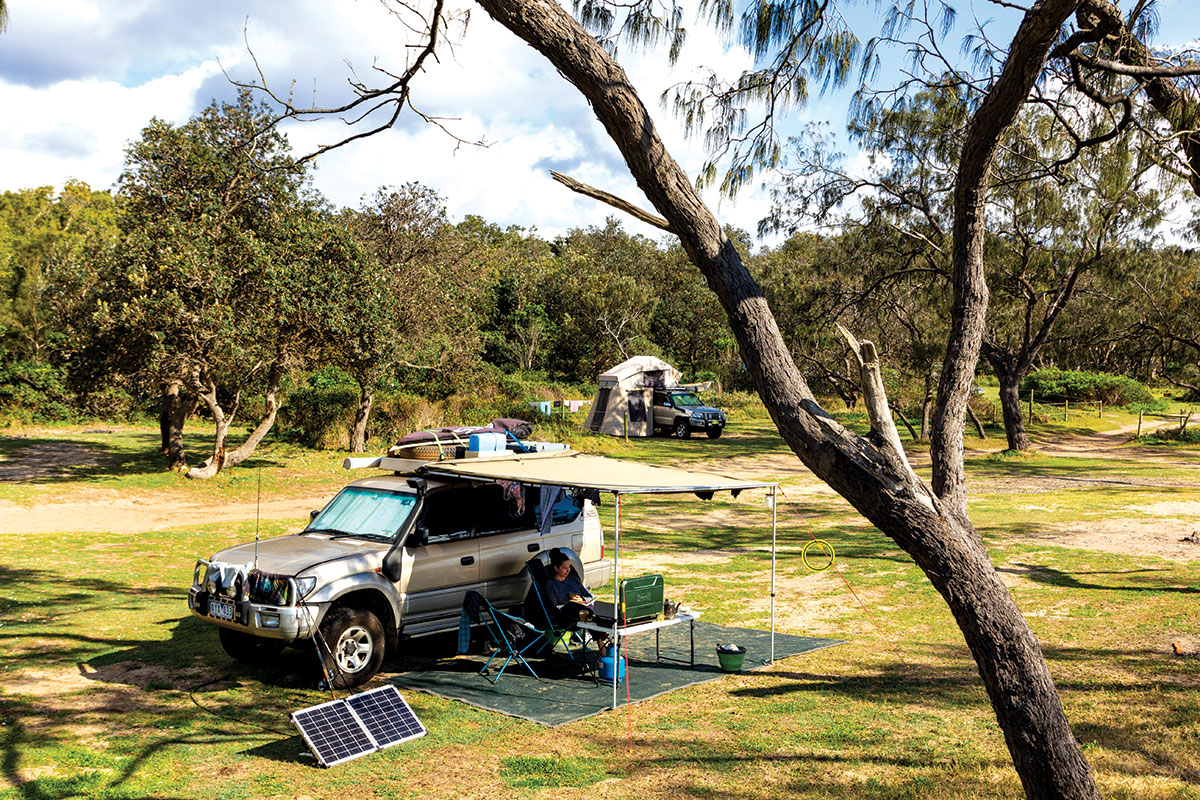
Portable water storage options
Your classic jerry can
Jerry cans need little introduction, and most campers will already be designed with jerry can holders or other external storage ready to store them. However, while you might be utilising these spots for additional fuel or diesel storage (also important), it’s worth considering if you can make space for some extra water.
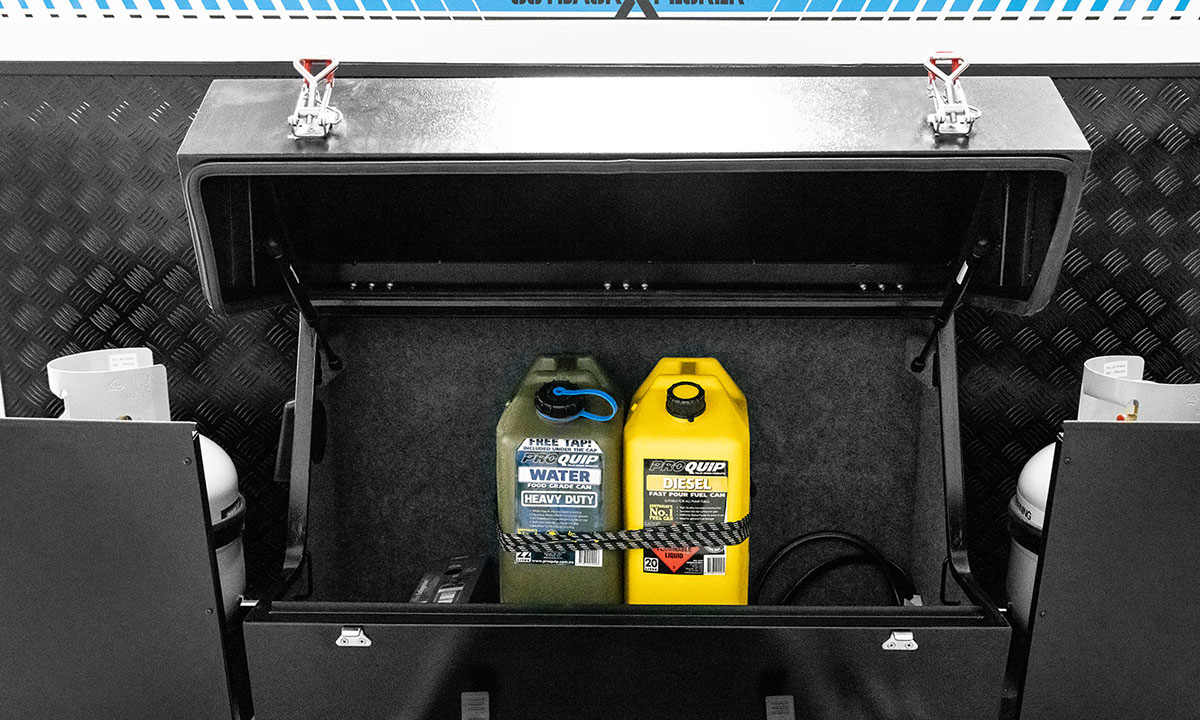
There are many drinking water-specific jerry cans on the market, and these tend to come with a tap for easy water dispensing — some brands such as Front Runner (available through A247 and other camping gear stores) even sell brass tap upgrades for an even more durable option.
The other handy thing about jerry cans is their shape, which can make them quite easy to fit into the back or on top of your 4WD. And if you want to secure them even further, you can look into fitting additional storage racks. Jerry cans tend to come in five, 10 and 20L sizes, giving you some flexibility in terms of storage space and how much extra water capacity you need.
Water drums
If you’re after a larger storage option than a jerry can, water drums are a great option. There are plenty on the market and many are designed with handy bungs or taps so you can easily refill drink bottles or smaller containers as needed.
Water drums are great to stow in the back of the 4WD or somewhere easily accessible as they typically range from 20 to 60L, so you won’t want to be moving them around too frequently. Keep an eye out for drums with good hand grips, as this makes transporting even easier.
Water drums can be handy for other things than water as well and can be used to store food safely (out of reach of any animals, wild or otherwise) or even as a makeshift washing machine if needed.
Collapsible water storage
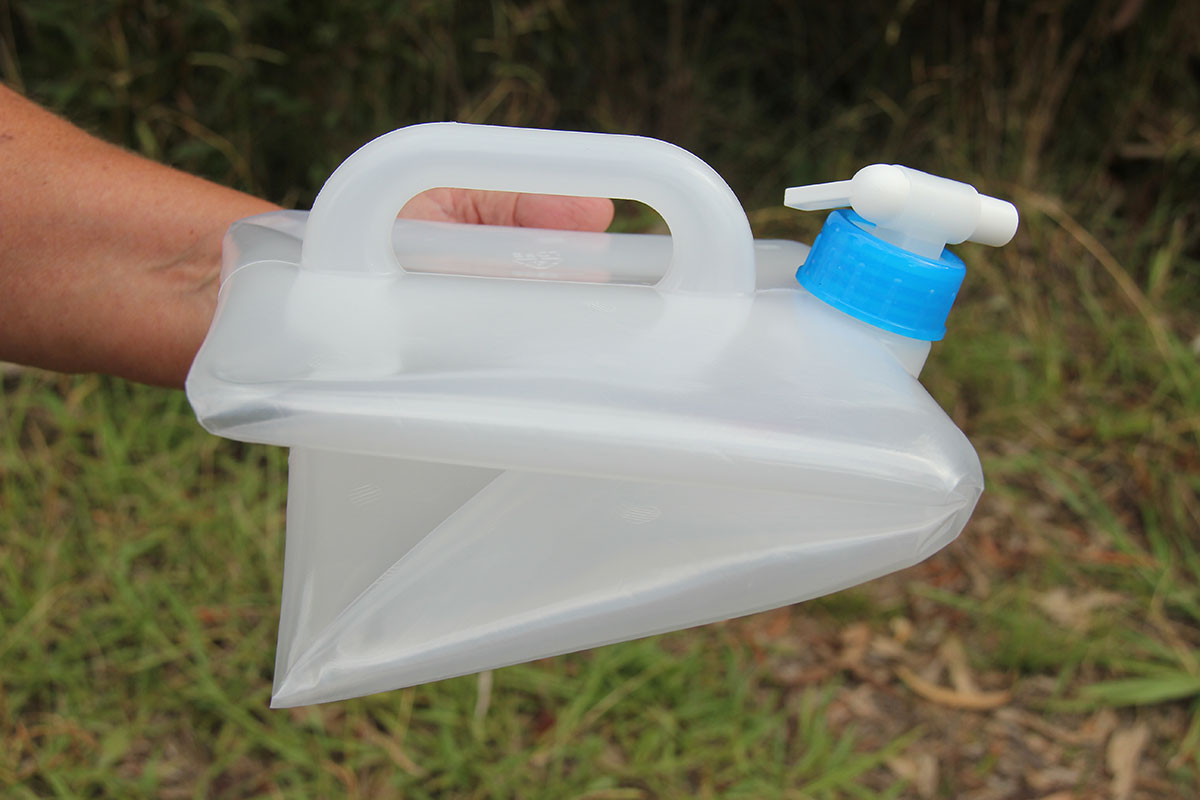
There are plenty of collapsible storage options in the adventuring market these days, so it’s unsurprising that collapsible water bottles, jugs and containers can be found in this lineup.
The perks of collapsible containers aren’t hard to spot. These items are great space savers, allowing you to bring along some extra containers to top up later on in the trip if you know where you can source freshwater (and thus avoid carrying extra weight when you don’t need it). Once used, they pack down to a compact size and can be stowed away easily.
They’re very handy to have around camp for collecting additional water for showering or washing up dishes, and can then be packed away when no longer needed, or even disposing of used water in a safe manner if you do not have a grey water tank.
Durability is perhaps the only downside of collapsible options, as the softer plastic or silicone can wear out quicker than your standard jerry can or drum or be punctured more easily. But, if you’re after a compact and space-saving backup storage option, these are great pieces of gear to have handy, even if you don’t use them too often.
Water bladders
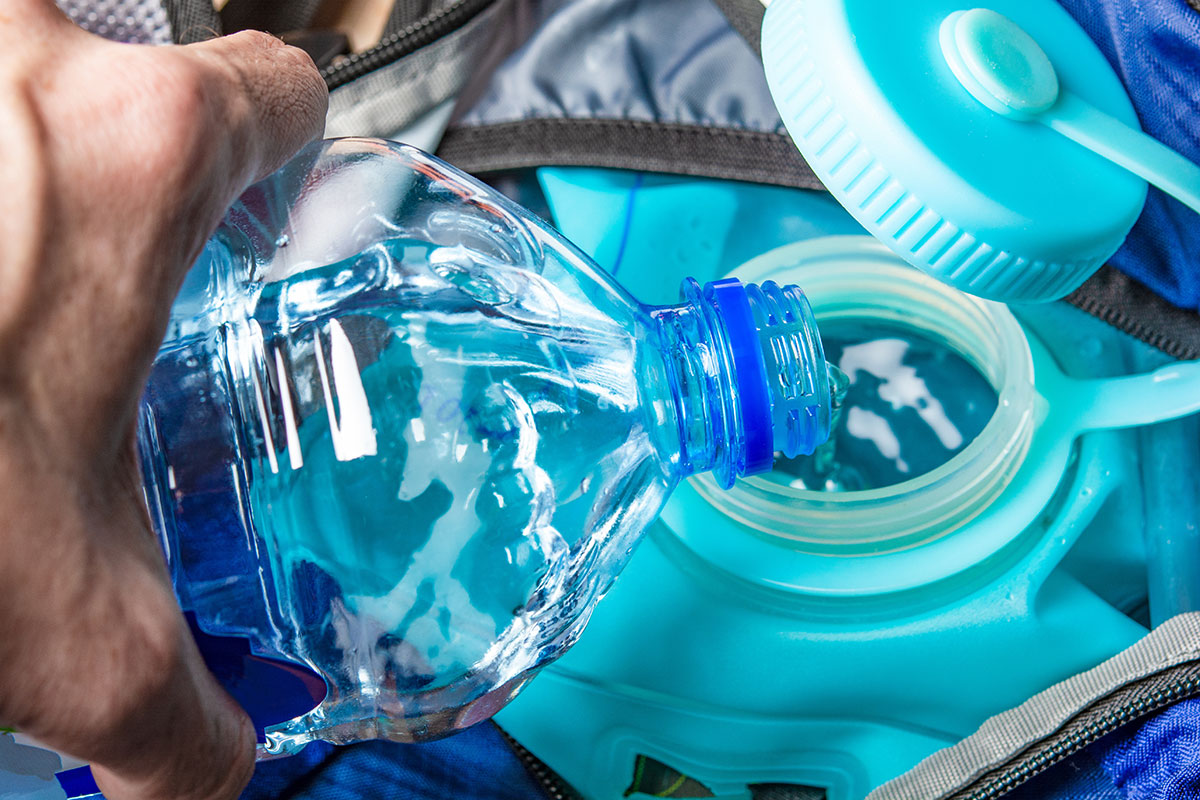
Not too far from the realm of collapsible water storage, water bladders are another handy and space-saving water storage option.
You can find these in a range of sizes and functionality, including ones that are designed to strap to a tree or post for easy use (which could work very nicely with an external shower setup).
And if you’re planning on going hiking or bike riding during your camping adventure, smaller water bladders (or hydration packs as they can also be called) are well worth considering and can be much easier to carry than a standard drink bottle.
Canteens and drink bottles
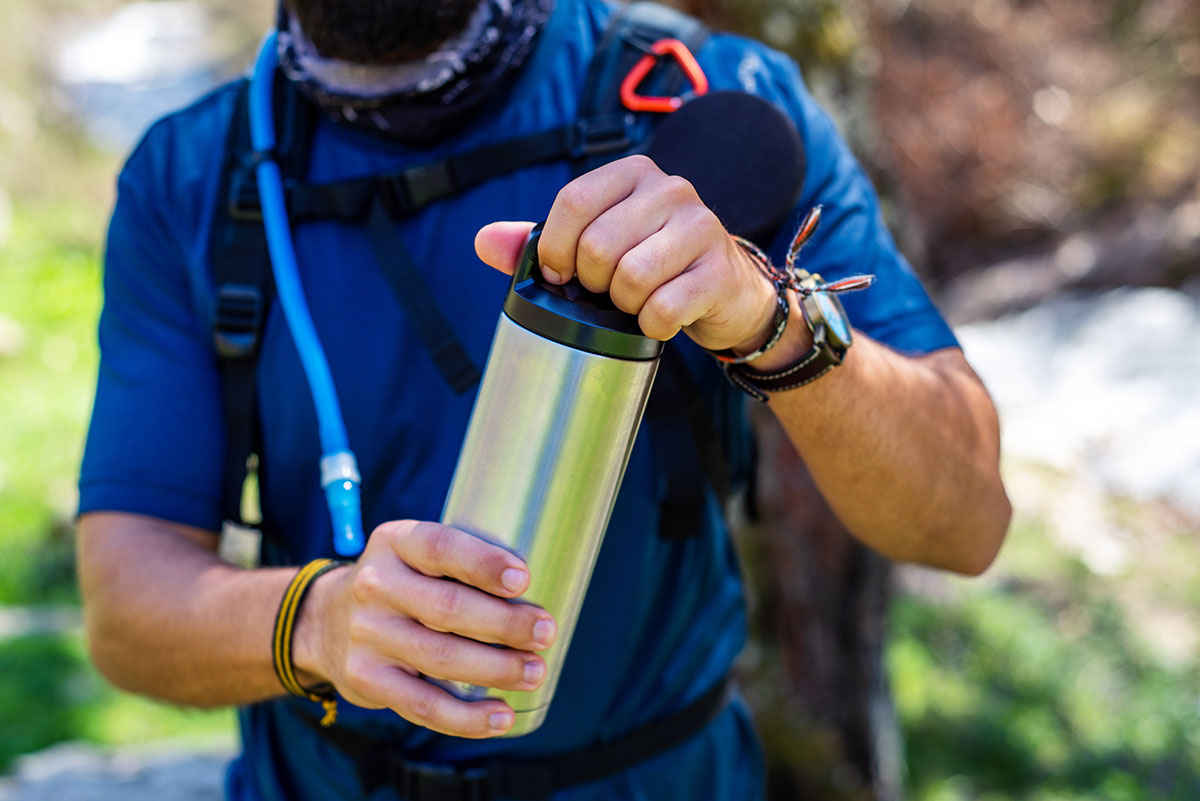
These might be self-explanatory or seem like a drop in the ocean when compared to calculating how much water storage you’ve built up between your camper’s tanks, jerry cans and water drums, but making sure you’ve got water bottles and canteens filled and ready to go can mean the world of difference when heading away on a road trip.
While sitting in the car driving may not seem like hard work, if you’re travelling in the heat of summer there are little things more dangerous to you — or your vehicle — than overheating. Water bottles and canteens provide quick and convenient access that ensures you stay hydrated during your travels, and helps you avoid having to stop and access the bigger storage containers you’ve got stowed away.
Keep your eye out for insulated and opaque bottles, which will help keep the water cool in the peak of summer, and if you’re planning any solo adventures, do a trial run on how easy they are to open one-handed while driving — although safety is key, and pulling over first is always advised.
Where to store extra water?
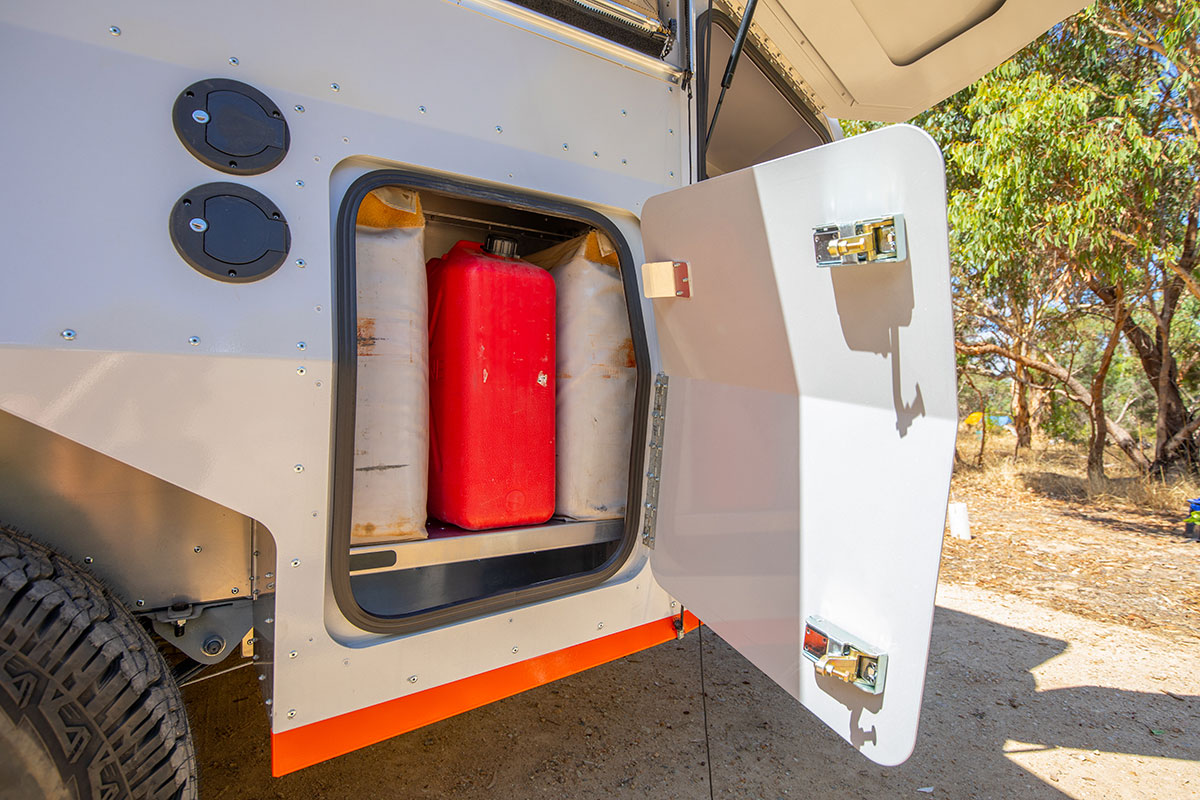
Once you’ve got all the water storage you need, it’s important to consider where you’ll store it.
First and foremost, it’s important to put it somewhere that’s easily accessible but also well-secured. The last thing you want is to find that it was being jostled around the whole trip and has sprung a leak.
Jerry cans can be stored on the roof of your tow vehicle (or camper trailer if there is a suitable storage point), but make sure you don’t overload it as this will impact your vehicle’s centre of gravity. Also, be aware that there’s a chance that long periods of direct sun exposure will lead to jerry cans, particularly clear ones, developing mould inside. Another popular jerry can storage spot is on the rear bar or the A-frame.
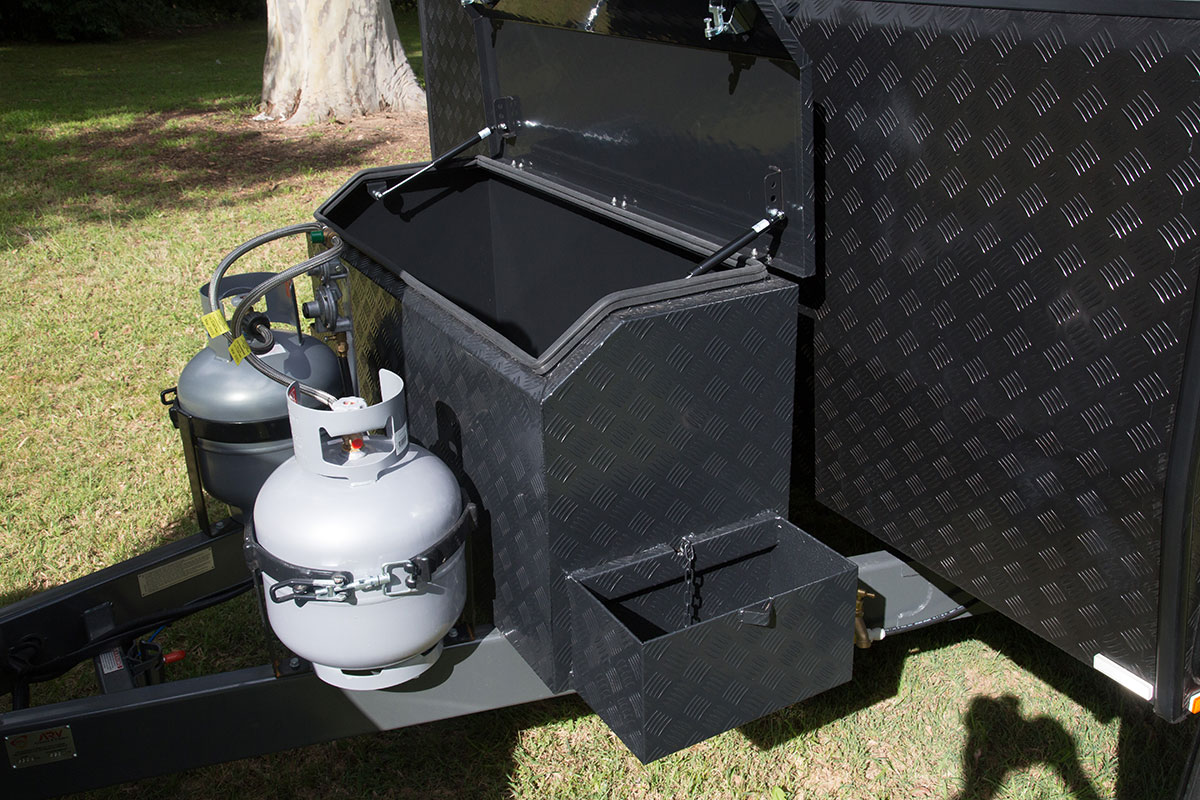
Water drums, being on the larger side, should be stored as low down as possible, such as in the tray of your 4WD or any external storage trays on the camper. While collapsible options and bladders should be packed away with care for their less durable nature.
Remember, while travelling with all your water storage topped up can add considerable weight to your rig and impact ball weight, towing ease and fuel consumption, it can be more dangerous to head off without adequate water, particularly if you’re heading into more remote areas in summer.
Less-portable options
If you’re after a more permanent additional water storage option, you can consider fitting an additional water tank to your 4WD’s rear or underneath it. This additional tank can be gravity-fed, or you can install a small pump for refilling. There are plenty of companies who make water tanks to suit specific vehicles, such as fitting tanks to unusual spaces such as in the undercarriage, wheel arches, footwells and skirts so that you’re not losing other storage space. The advantage of this compared to portable storage options is that it helps maintain your rig’s low centre of gravity compared to mounting jerry cans or water drums higher up.
THE NEXT STEP
Are you ready to experience the freedom of the open road? Don't wait - Find your dream getaway now!




